This year’s sheep breeding season started on Tullamore Farm on 18 October, with 196 ewes joined to rams across five breeding groups.
This includes three batches of mature ewes joined to two Texel rams and one Suffolk ram, while Texel cross and Mule hoggets were joined with Charollais rams.
Breeding appears to be progressing well with one cycle complete and all ewes raddled.
Teaser rams were joined with ewes in advance of breeding and this, combined with ewes naturally coming into season, is likely to lead to a tight lambing spread in 2022.
Condition score
The farm has hosted visits from a number of sheep groups in recent weeks and a topic of conversation attracting keen interest is the weight and body condition score of ewes in advance of breeding.
The farm is recording performance with Sheep Ireland through its online recording system and ewes were weighed and body condition scored by farm manager Shaun Diver prior to joining with rams.
The body condition score profile is detailed in Figure 1, which demonstrates that, in general, ewes are in excellent condition with an average body condition score of 3.37.
Grass growth on the farm has been excellent since June and ewes have been under no real pressure. They have been used to graze out paddocks following cows, calves and lambs but such has been the level of growth, that ewes have had access to above maintenance levels of nutrition and recovered any lost condition.
The small number of ewes at the lower end of the body condition scale are generally hogget ewes, which have reared lambs as yearlings. These ewes will continue to regain condition quickly and, if required, will be separated from the group post-breeding for preferential treatment although it is envisaged that this will not be a problem.
Weight analysis
Figure 2 details the weight breakdown of all 196 ewes/ewe hoggets joined to the ram.
Approximately 40% of ewes weigh between 70kg and 80kg with the average weight across all ewes recorded at 76.42kg.
This ranges from the lowest weight of 53kg for a 2020-born Mule hogget which was weighed at 38kg on 08 October 2020 and was one of a handful of ewe lambs joined to rams at a lower target weight. This highlights the importance of ewe lambs meeting target breeding weights.

At the other end of the weight range, the highest weight of 104.5kg was recorded by a Texel cross hogget which had two lambs as a yearling and one lamb in 2021.
Figure 3 details the weight analysis of Mule ewes and ewe hoggets, of which there are 129 in the group. The average weight of ewes was recorded at 74.47kg.
As the figure shows, there is a wide variation in the weight profile of Mule ewes with between 25% and 30% weighing in excess of 80kg and recording a top weight of 104kg for a large-framed 2016-born ewe.
Within this flock of 129 Mule ewes, 41 ewes are two-tooth hoggets born in 2020. The average weight of this batch is significantly lower at 68.52kg (range from 53kg to 87kg).
The weight difference between hoggets which reared lambs as yearlings and those which were barren and run dry over the year is in the region of 8kg liveweight.
The average weight of just the mature Mule ewes was recorded at 77.23kg. This ranged from 60kg to 104kg showing the variation in the breed. This variation has been purposely targeted with the farm keen to purchase ewes from different regions of the country and with varying Scottish Blackface background breeding to assess if there is any major differences in performance readily identifiable.
Figure 4 shows the liveweight breakdown of Texel cross ewes and ewe hoggets.
The breeding policy changed in 2018 to retaining some homebred replacements in line with an increase in flock numbers. Therefore, only two age groups of 2019-born and 2020-born animals are present.
The average weight across the two data sets is 80.19kg from a range of 63.5kg to 104.5kg. As demonstrated in Figure 4, the majority of ewes fall within a weight range of 70kg liveweight to 90kg liveweight.
There are similar differences between two-tooth hogget ewes and older ewes as is the case for Mules.
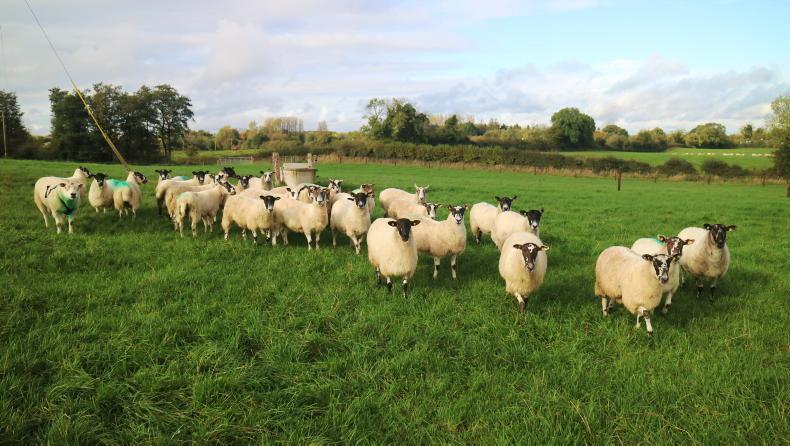
The batch of 20 sheep born in 2020 weigh 84.42kg on average, with a minimum weight of 75.7kg, while the 47 sheep born in 2020 have an average liveweight of 78.38kg (range from 63.5kg to 104.5kg).
Almost all of these sheep reared lambs as yearling hoggets, which demonstrates that under the right management rearing lambs as yearlings will not compromise subsequent performance.
Single-sire mating
The reason for the higher number of 47 Texel-cross sheep entering the flock in 2020 was due to a barren issue in the main flock whereby 17 ewes were scanned empty.
A batch of 25 yearling lambs were traded off the farm prior to breeding and an opportunity arose to purchase these post-scanning. Management was identical to their flock counterparts so it made sense to try to limit the negative consequences of the barren issue.
Despite significant investigation including collecting kidney and liver samples from barren ewes that were culled and blood mineral analysis of other ewes, which experienced a lower scanning rate no cause was identified.
Veterinary experts have raised the possibility of a virus leading to embryo loss in mid-pregnancy as there was no signs of issues during the breeding season.
We are hopeful that this will be confined to last year and that this year’s reproductive performance will return to normal.
As mentioned earlier, single-sire mating is being carried out again this year. This is central to being in a position to track lifetime performance back to the dam and sire of the lambs.
To counteract the risks of ram infertility or subfertility, rams are being switched between groups for the second breeding cycle while for the final part of the six-week breeding season ewes and rams will be batched together. Rams are also raddled regularly and Shaun is monitoring breeding activity closely.
The farm is continuing to slowly expand flock numbers and is also aiming to join 75 replacement ewe lambs to the ram in 2021. This includes 28 homebred Texel cross ewe lambs which are well on target for breeding.
The average weight of this batch is 59.16kg with a minimum weight of 46.5kg and maximum weight of 67kg. Lambs have recorded an average daily gain since birth of 230g daily.
There were also 47 Mule ewe lambs purchased this year.
The details of these ewe lambs is outlined in Table 1.
The majority of lambs are well on target for joining with rams this season.
The exception to this is a small number of lambs in the two batches sourced in the Donegal Mule Group sale with a greater weight variation within these groups. These weight records were taken about two weeks ago, so it is hoped that upwards of 90% of lambs will hit breeding weight targets.
Teaser rams were joined to these ewe lambs to capitalise on the ram effect with breeding due to start in the coming days.
Ewe lambs will be afforded two opportunities to breed with the focus on maintaining a balance between maximising the in-lamb rate and maintaining a tight lambing spread.
Drafting performance in 2021 has been running well ahead of 2020 levels as reflected in Figure 5.
There are just 23 2021-born lambs destined for slaughter remaining on the farm, with a good percentage of these being lambs which were reared artificially or by ewes with issues affecting milk yield. These lambs continue to receive access to top-quality grass and are receiving concentrate supplementation at a rate of 0.5kg per head daily for the last two weeks. Table 2 details slaughter performance to-date.
The average lamb price received in 2021 is running at €132.07 per head compared to €107.70 per head in 2020.
Meal consumption is also significantly lower with lamb performance curtailed in 2020 by drought-like conditions, which resulted in early weaning and tight grass supplies for a significant period.



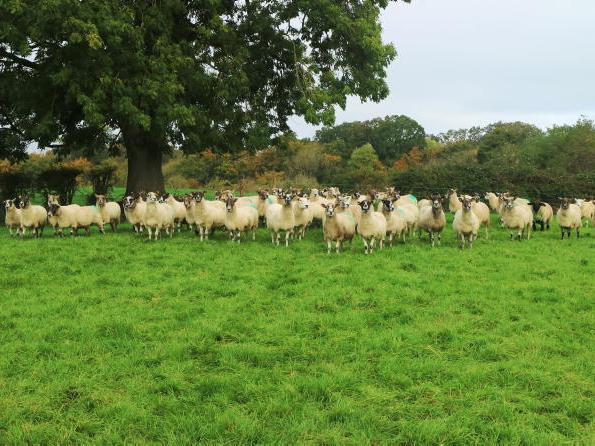

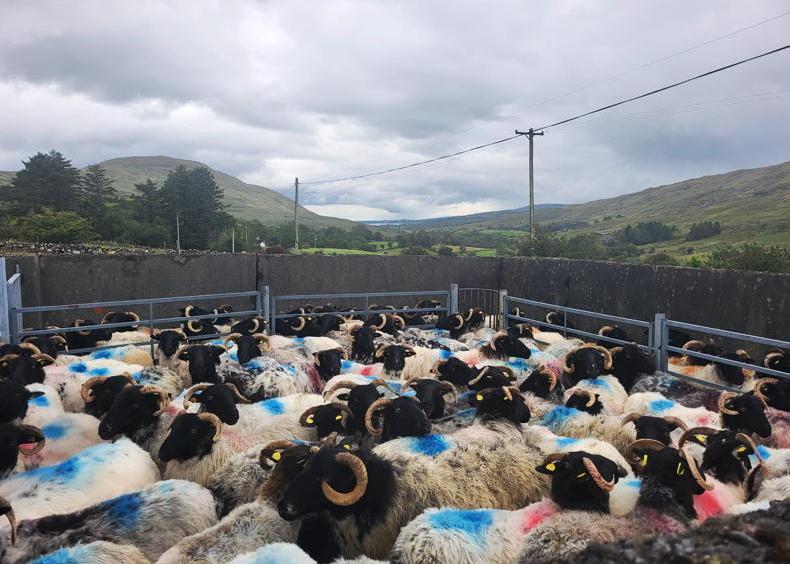

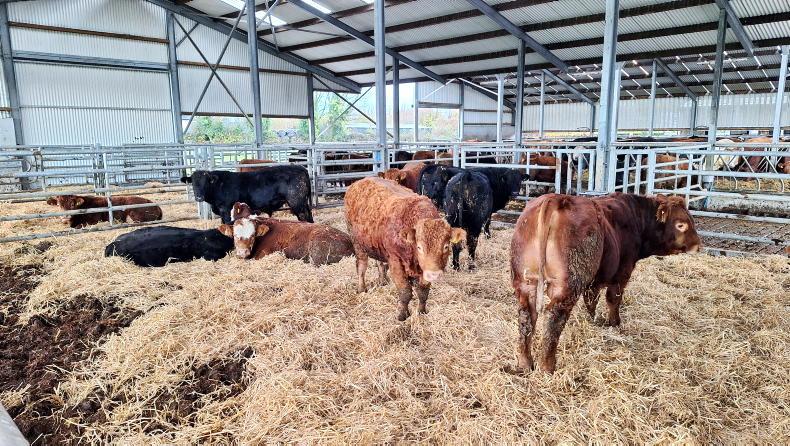
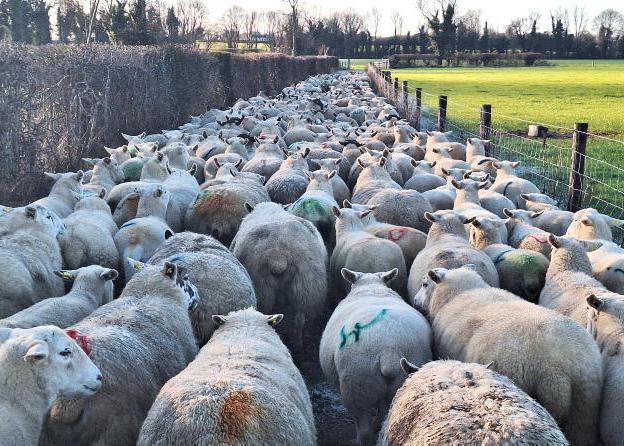
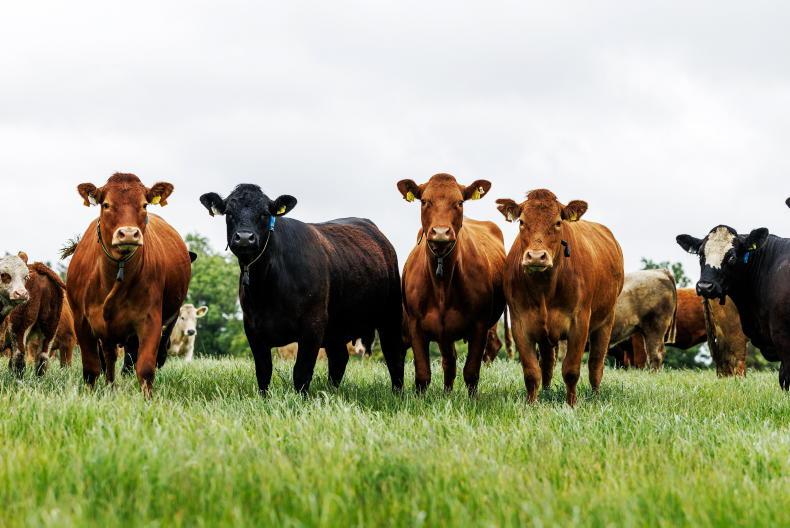
SHARING OPTIONS